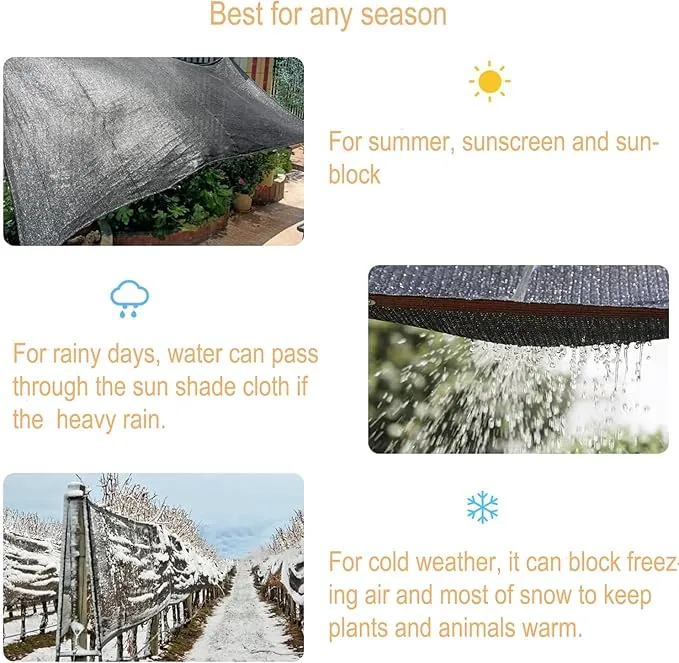-
 Afrikaans
Afrikaans -
 Albanian
Albanian -
 Amharic
Amharic -
 Arabic
Arabic -
 Armenian
Armenian -
 Azerbaijani
Azerbaijani -
 Basque
Basque -
 Belarusian
Belarusian -
 Bengali
Bengali -
 Bosnian
Bosnian -
 Bulgarian
Bulgarian -
 Catalan
Catalan -
 Cebuano
Cebuano -
 China
China -
 Corsican
Corsican -
 Croatian
Croatian -
 Czech
Czech -
 Danish
Danish -
 Dutch
Dutch -
 English
English -
 Esperanto
Esperanto -
 Estonian
Estonian -
 Finnish
Finnish -
 French
French -
 Frisian
Frisian -
 Galician
Galician -
 Georgian
Georgian -
 German
German -
 Greek
Greek -
 Gujarati
Gujarati -
 Haitian Creole
Haitian Creole -
 hausa
hausa -
 hawaiian
hawaiian -
 Hebrew
Hebrew -
 Hindi
Hindi -
 Miao
Miao -
 Hungarian
Hungarian -
 Icelandic
Icelandic -
 igbo
igbo -
 Indonesian
Indonesian -
 irish
irish -
 Italian
Italian -
 Japanese
Japanese -
 Javanese
Javanese -
 Kannada
Kannada -
 kazakh
kazakh -
 Khmer
Khmer -
 Rwandese
Rwandese -
 Korean
Korean -
 Kurdish
Kurdish -
 Kyrgyz
Kyrgyz -
 Lao
Lao -
 Latin
Latin -
 Latvian
Latvian -
 Lithuanian
Lithuanian -
 Luxembourgish
Luxembourgish -
 Macedonian
Macedonian -
 Malgashi
Malgashi -
 Malay
Malay -
 Malayalam
Malayalam -
 Maltese
Maltese -
 Maori
Maori -
 Marathi
Marathi -
 Mongolian
Mongolian -
 Myanmar
Myanmar -
 Nepali
Nepali -
 Norwegian
Norwegian -
 Norwegian
Norwegian -
 Occitan
Occitan -
 Pashto
Pashto -
 Persian
Persian -
 Polish
Polish -
 Portuguese
Portuguese -
 Punjabi
Punjabi -
 Romanian
Romanian -
 Russian
Russian -
 Samoan
Samoan -
 Scottish Gaelic
Scottish Gaelic -
 Serbian
Serbian -
 Sesotho
Sesotho -
 Shona
Shona -
 Sindhi
Sindhi -
 Sinhala
Sinhala -
 Slovak
Slovak -
 Slovenian
Slovenian -
 Somali
Somali -
 Spanish
Spanish -
 Sundanese
Sundanese -
 Swahili
Swahili -
 Swedish
Swedish -
 Tagalog
Tagalog -
 Tajik
Tajik -
 Tamil
Tamil -
 Tatar
Tatar -
 Telugu
Telugu -
 Thai
Thai -
 Turkish
Turkish -
 Turkmen
Turkmen -
 Ukrainian
Ukrainian -
 Urdu
Urdu -
 Uighur
Uighur -
 Uzbek
Uzbek -
 Vietnamese
Vietnamese -
 Welsh
Welsh -
 Bantu
Bantu -
 Yiddish
Yiddish -
 Yoruba
Yoruba -
 Zulu
Zulu
Exploring the Benefits and Applications of Agricultural Mesh in Modern Farming
The Role of Agricultural Mesh in Modern Farming
In the evolving landscape of modern agriculture, innovative solutions are essential to meet the challenges posed by climate change, pest infestations, and the ever-increasing demand for food production. One such solution that has gained popularity is agricultural mesh. Used for a variety of purposes, agricultural mesh offers farmers an effective tool to enhance crop yields, optimize resource use, and protect their harvests from external threats.
Understanding Agricultural Mesh
Agricultural mesh refers to a range of mesh products made from various materials, including plastic, metal, and polyethylene. These meshes are designed for multiple agricultural applications, such as shade nets, insect nets, bird nets, and weed control fabrics. The primary function of agricultural mesh is to provide a physical barrier while still allowing light, air, and water to penetrate, thereby fostering an optimal growing environment for crops.
Benefits of Agricultural Mesh
One of the most significant advantages of agricultural mesh is its ability to protect crops from harmful pests and birds. In many regions, insect infestations can devastate entire harvests. The use of insect mesh can prevent these pests from reaching the plants while allowing beneficial insects, like pollinators, to access the crops. Similarly, bird nets can safeguard fruits and vegetables from being eaten or damaged by birds, ensuring that farmers can harvest more of their produce.
Additionally, agricultural mesh can be used to create shaded environments for crops that are sensitive to excessive sunlight
. Shade nets help reduce the intensity of sunlight reaching the ground, which is especially beneficial for delicate seedling stages or for growing shade-tolerant crops. By providing a controlled environment, farmers can optimize growth conditions and potentially increase crop yields.Weed Control and Soil Preservation
agricultural mesh

Another crucial function of agricultural mesh is weed control. Weeds can compete with crops for essential resources like water, nutrients, and sunlight, leading to reduced yields. By using weed control fabric or mesh, farmers can suppress weed growth effectively. This approach not only minimizes competition but also reduces the need for herbicides, promoting more sustainable farming practices.
Moreover, agricultural mesh plays a role in soil preservation. By preventing soil erosion and providing ground coverage, mesh helps maintain moisture levels and prevent nutrient loss. This is particularly important in areas prone to heavy rainfall or wind, which can wash away or blow away valuable topsoil.
Sustainability and Environmental Impact
As agriculture faces increasing scrutiny over its environmental impact, the use of agricultural mesh can contribute to more sustainable practices. By reducing the reliance on chemical pesticides and herbicides, farmers can protect biodiversity and minimize pollution. The use of mesh also encourages water conservation, allowing for more efficient irrigation practices and reducing wastage.
Furthermore, many agricultural mesh products are designed to be durable and reusable, which aligns with the principles of sustainability. After several seasons of use, farmers can either recycle the materials or repurpose them for different applications in their farming operations.
Conclusion
In conclusion, agricultural mesh represents an essential component of modern farming techniques. By providing protection against pests, facilitating optimal growing conditions, controlling weeds, and promoting sustainable practices, this innovative solution addresses many of the pressing challenges facing agriculture today. As farmers continue to seek efficient and environmentally friendly methods to enhance productivity and sustainability, agricultural mesh is likely to play an even more significant role in the future of food production. By embracing such technologies, the agricultural sector can move towards a more resilient and sustainable future, ensuring food security for generations to come.
-
Shipping Plastic Bags for Every NeedNewsJul.24,2025
-
Safety Netting: Your Shield in ConstructionNewsJul.24,2025
-
Plastic Mesh Netting for Everyday UseNewsJul.24,2025
-
Nylon Netting for Every UseNewsJul.24,2025
-
Mesh Breeder Box for Fish TanksNewsJul.24,2025
-
Expanded Steel Mesh Offers Durable VersatilityNewsJul.24,2025











